03 March 2023
Public and private sectors forging new path for partnerships in space
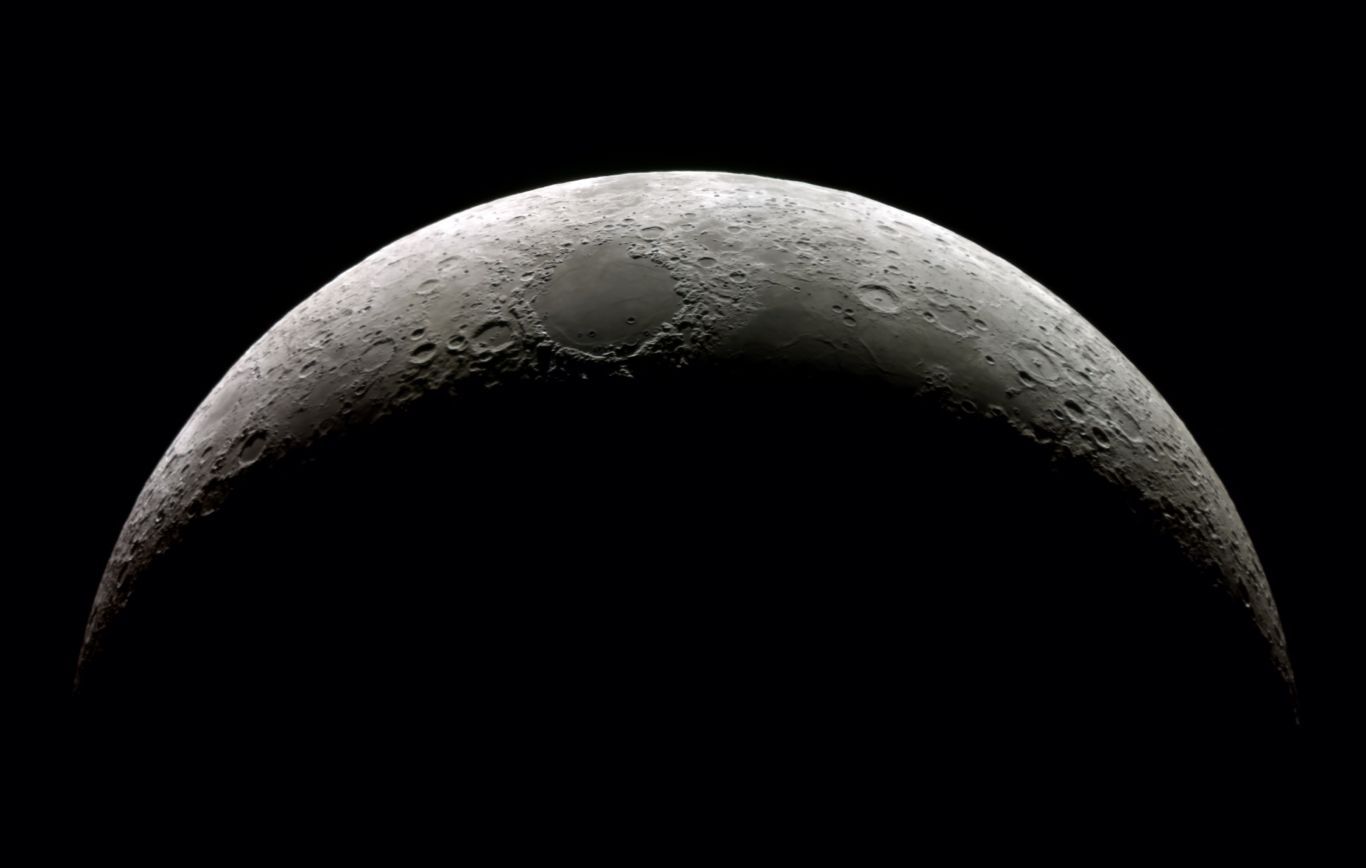
ESA's Moonlight plans to bring partners together (Image: Adobe Stock)
There’s been plenty of evidence this week to prove the continuing growth and development of the space industry. The US are continuing plans for their Artemis project, designed to take humans back to the Moon, and new international partnerships are being formed, with newer space nations showing exciting prospects for space exploration. At the same time, the rapid development of commercial sector is showing that they alone are becoming a powerful and influential entity. We often talk about the private sector “taking the reins” of the industry.
There are of course still concerns about geopolitical fallout, which the space industry is not immune from. Following a visit from Beijing’s top diplomat Wang Yi to Russia, China have outlined a peace proposal for Ukraine, in a 12-point plan, with it most notably including a commitment to the rights of national sovereignty. While on the surface this may seem a noble idea, it has also raised questions. What could this mean for the regions of Crimea and Donbas, which Russia claims as their own? Is China also looking to use this argument to cement its claims over Taiwan? Above all, who determines what one’s sovereignty is? It seems that a new battle might be emerging, between the argument for defence of territorial sovereignty, and the rights to democratic self-determination. A year on since the invasion of Ukraine, the conflict has clearly become a bigger war of ideologies, with stark similarities 1930s to pre-war diplomacy and international relations. Western leaders will be aware of the outcome of conceding any territory for the sake of avoiding war, and the aftermath of the British policy of appeasement, where territorial concession were given to Nazi Germany in return for peace guarantees.
This brings us back to an argument we regularly discuss, that it is vital to ensure that space can remain neutral from any political or ideological conflict, and more than that, could become place where relations are rebuilt. On Thursday the Russian deputy foreign minister criticised the US and NATO’s space programmes, and claimed that Russia aims to draft a multilateral legally binding instrument to prevent an arms race in outer space. While conflict exist on Earth, adversaries may still share the same goal of a peaceful future in outer space.
This week we have seen the ongoing signs of growth and promise of the new space economy, and that new relationships can be built.
Space can be the place where we heal
One example of this unity came in the form of a suggestion from the European Space Agency (ESA). As the Moon is set to become a very busy place over the next few years, ESA have put forwards a plan to establish a time zone for the Moon, enabling better communication and navigation. At the moment, nations use their own respective time zones when carrying out lunar missions. While not a solution to our earthly problems, this could be one area where nations open-up dialogue and begin to work more closely together.
Other cooperative missions on the Moon are already in place and bringing nations together. NASA’s Artemis project continues to take shape and they will start work this year with their lunar Gateway plans. Gateway will be the relay station for delivering astronauts to the Moon’s surface, and is an international effort supported by agencies from the US, ESA, Canada and Japan. In December it was reported that discussions are also underway regarding the UAE developing an airlock for the Gateway.
China has also unveiled plans for their lunar lander, designed to take taikonauts to the Moon by the end of the decade. At an exhibition on 24 Feb, a model if the lander was presented, showing a staged descent design, including a propulsion stage and a lander module. China’s lunar plans are part of their International Lunar Research Station (ILRS) project, which also seeks to bring international partners together. Russia are their key ally on the project at the moment. Similarly, China are also still looking for new partners to work onboard their Tiangong space station, and announced this week that they will be expanding the station, which would also allow room for more commercial visitors.
India are also in pursuit of new partnerships in space, and were this week in discussions with the Argentinian space agency regarding cooperative opportunities. India have also invited the Argentinian ambassador to join the G20 Space Leaders Economy Meeting in April. Additionally, India will be working together with Russia to develop a ‘Marsoplane’, a fixed wing robotic craft for martian exploration. They hope to be ready for a demonstration by late 2024. In what has been a busy week for Indian space, they also successfully carried out a hot test of the engines that will power their Chanrayaan-3 mission to the Moon in June. The mission will feature both a lander and a lunar rover.
New partnerships are also being formed in the way of ESA’s Moonlight initiative, a plan to build a lunar constellation to provide services such as communications and navigation for future activities on the Moon. The project invites private companies from Europe and Canada to build the constellation. ESA is acting as an anchor customer for Moonlight, and will be developed as a commercial service.
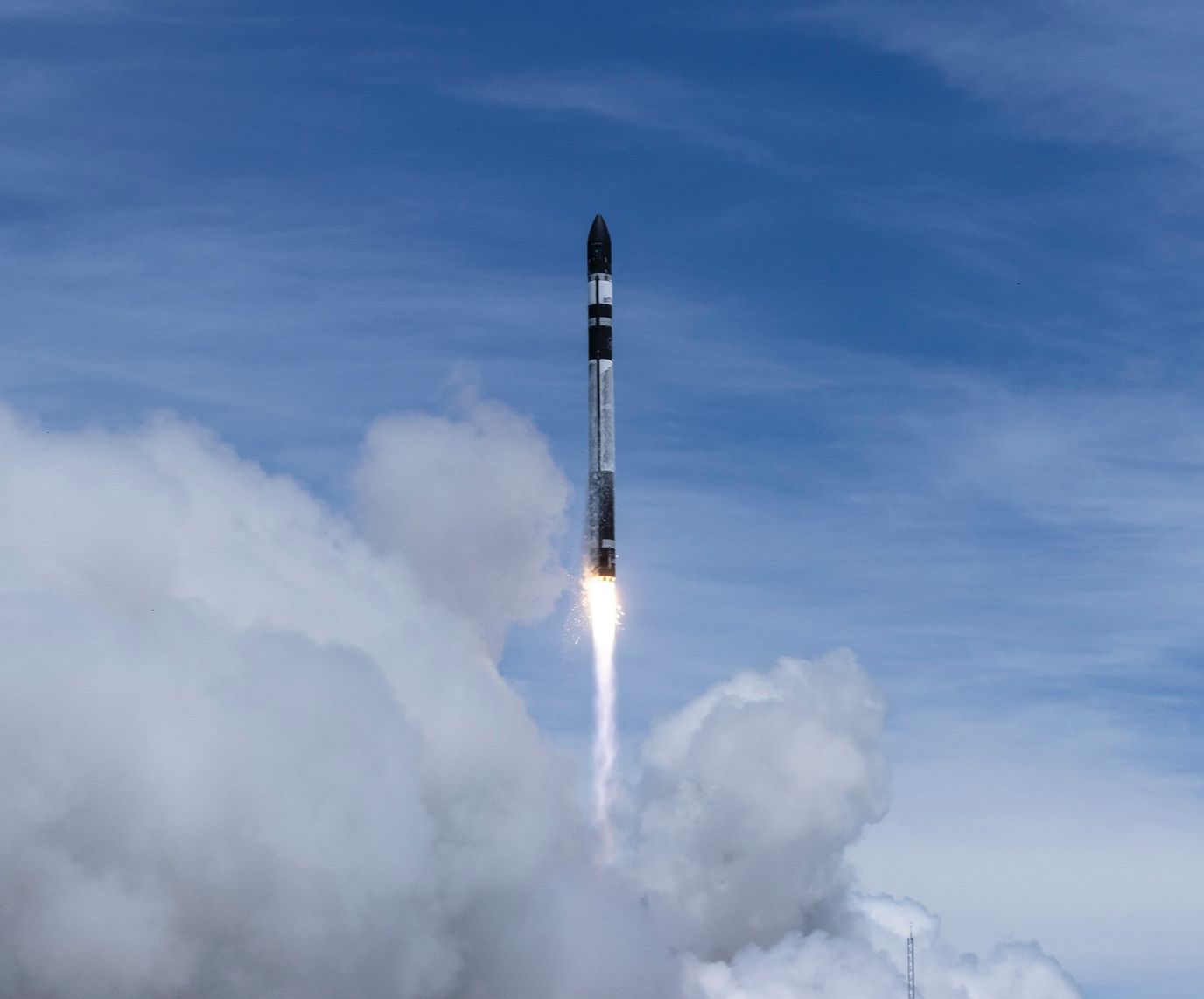
Rocket Lab showing positive signs (Image: Rocket Lab)
Commercial sector a powerful entity in its own right
ESA’s Moonlight plan acts as a bridge between public and private sectors, and sets an example of how agencies can act as a stimulus for the commercial sector. The relationship between companies and governments is becoming ever more vital, and can also show us how success in space can be engineered through cooperation. South Korea have also been exploring this relationship, and are looking to establish a new space agency, the Korea Space and Aeronautics Administration. In doing this they hope to allow for more flexibility in accessing new talent from the private sector.
Also seeking to build new relationships, UK space companies have this week been visiting Adelaide, noticing that Australia is also quickly growing its space industry. Visiting representatives from companies such as Space Forge, Inmarsat and D-Orbit will be seeking to gain new partnerships, and comes two years after the UK and Australia signed their Space Bridge Agreement, designed to boost their space industries.
This all indicates a private sector which is defying the gloomy global economic outlook, and continues to show signs of growth. The growing demand for satellite launches is fuelling an increased demand for launches, which will also require more launch sites and spaceports. The commercial sector is also answering that call. The Spaceport Company (US) claims to be reinventing launch sites and are developing sea-based launch platforms, and hope to carry out a demonstration in May. The tests will pave the way for a full-scale version, which can sail to its desired location and itself anchor to the sea floor. Similarly in China, a new launch tower will be completed by the end of the year, looking to host commercial launches.
New Zealand-based launch company Rocket Lab have shown very positive signs of development, perhaps reflecting the overall success of this industry at the moment. Also noticing the promise of the Australian market, the company have announced that they are opening an Australian subsidiary. Furthermore, Rocket Lab have doubled their order backlog to over $500 million at the end of 2022, and is coming closer to completing development of their larger Neutron rocket. Similarly, debris removal company Astroscale has raised additional funding of $76 million, working towards their goal of making “…on-orbit servicing routine by 2030..” According to Nobu Okada, the Founder and Chief Executive Officer.
Another exciting opportunity may also have arisen this week, as an article from ARS Technical has suggested that prominent rocket manufacturer United Launch Alliance (ULA) may be put up for sale. Although some way behind SpaceX in terms of launch numbers, they are still an industry leader and have been serving the market for nearly 20 years. We can only speculate at this stage who might be interested in purchasing the company, but accessing ULA’s technology and fine-tuning it for bulk commercial activity could maybe provide another answer of the growing demand for launches.
ULA are still on course to launch their new Vulcan rocket in May, which will send Astrobotic’s commercial lunar lander to the Moon. Similarly, iSpace have recently announced that they expect their lander to arrive by the end of April, marking the first private lander mission to the lunar surface. The commercial age for the Moon has arrived.
As we can see, New Space continues to march confidently forwards, despite economic concerns, rapidly deteriorating international relations and the reawakening of a global war of ideologies. As the world seems to splinter apart, perhaps the success of space can show us how to come back together.
External Links
This Week
*News articles posted here are not property of ANASDA GmbH and belong to their respected owners. Postings here are external links only.
Our future in space
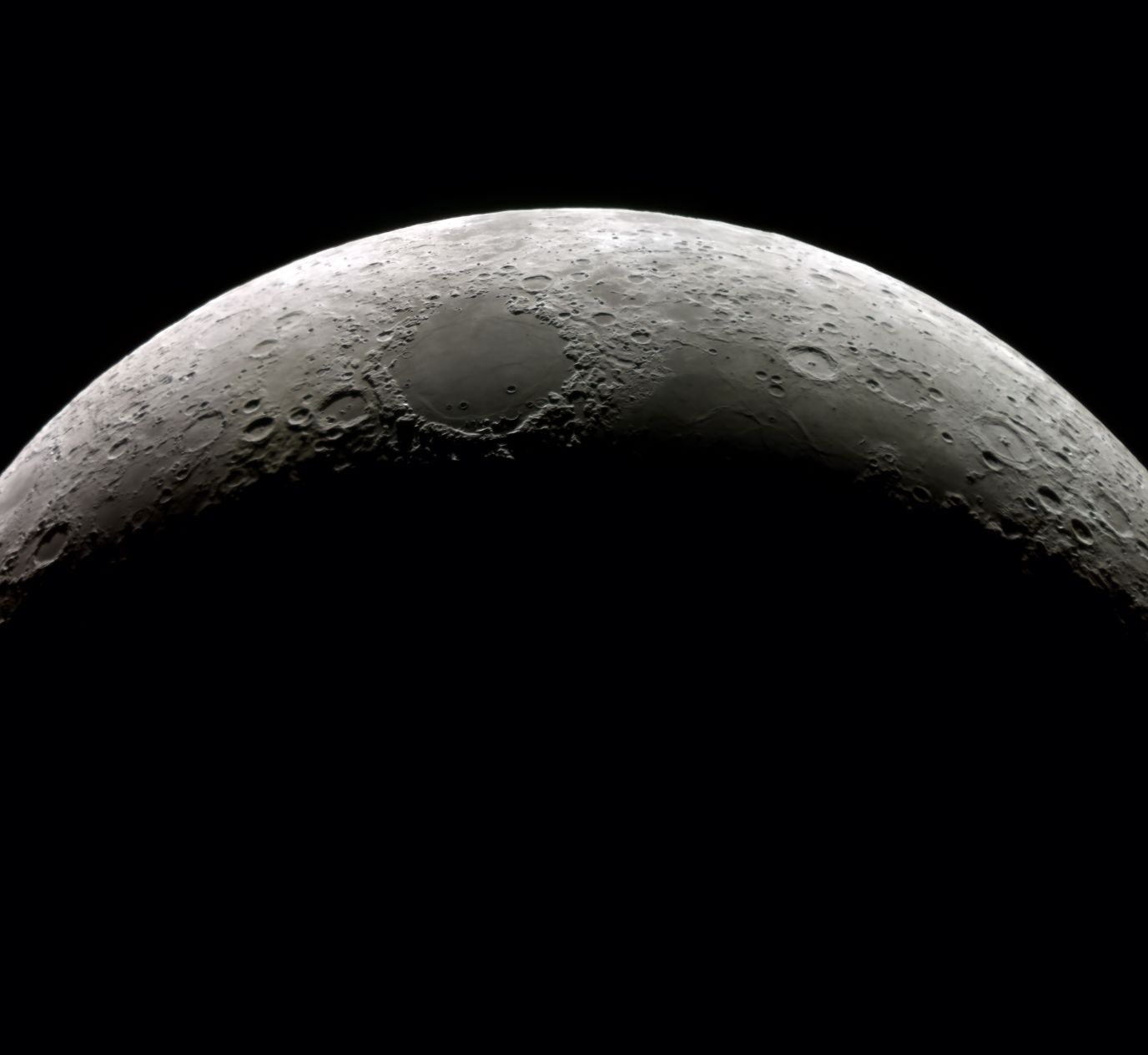
ESA's Moonlight plans to bring partners together (Image: Adobe Stock)
03 March 2023
Public and private sectors forging new path for partnerships in space
There’s been plenty of evidence this week to prove the continuing growth and development of the space industry. The US are continuing plans for their Artemis project, designed to take humans back to the Moon, and new international partnerships are being formed, with newer space nations showing exciting prospects for space exploration. At the same time, the rapid development of commercial sector is showing that they alone are becoming a powerful and influential entity. We often talk about the private sector “taking the reins” of the industry.
There are of course still concerns about geopolitical fallout, which the space industry is not immune from. Following a visit from Beijing’s top diplomat Wang Yi to Russia, China have outlined a peace proposal for Ukraine, in a 12-point plan, with it most notably including a commitment to the rights of national sovereignty. While on the surface this may seem a noble idea, it has also raised questions. What could this mean for the regions of Crimea and Donbas, which Russia claims as their own? Is China also looking to use this argument to cement its claims over Taiwan? Above all, who determines what one’s sovereignty is? It seems that a new battle might be emerging, between the argument for defence of territorial sovereignty, and the rights to democratic self-determination. A year on since the invasion of Ukraine, the conflict has clearly become a bigger war of ideologies, with stark similarities 1930s to pre-war diplomacy and international relations. Western leaders will be aware of the outcome of conceding any territory for the sake of avoiding war, and the aftermath of the British policy of appeasement, where territorial concession were given to Nazi Germany in return for peace guarantees.
This brings us back to an argument we regularly discuss, that it is vital to ensure that space can remain neutral from any political or ideological conflict, and more than that, could become place where relations are rebuilt. On Thursday the Russian deputy foreign minister criticised the US and NATO’s space programmes, and claimed that Russia aims to draft a multilateral legally binding instrument to prevent an arms race in outer space. While conflict exist on Earth, adversaries may still share the same goal of a peaceful future in outer space.
This week we have seen the ongoing signs of growth and promise of the new space economy, and that new relationships can be built.
Space can be the place where we heal
One example of this unity came in the form of a suggestion from the European Space Agency (ESA). As the Moon is set to become a very busy place over the next few years, ESA have put forwards a plan to establish a time zone for the Moon, enabling better communication and navigation. At the moment, nations use their own respective time zones when carrying out lunar missions. While not a solution to our earthly problems, this could be one area where nations open-up dialogue and begin to work more closely together.
Other cooperative missions on the Moon are already in place and bringing nations together. NASA’s Artemis project continues to take shape and they will start work this year with their lunar Gateway plans. Gateway will be the relay station for delivering astronauts to the Moon’s surface, and is an international effort supported by agencies from the US, ESA, Canada and Japan. In December it was reported that discussions are also underway regarding the UAE developing an airlock for the Gateway.
China has also unveiled plans for their lunar lander, designed to take taikonauts to the Moon by the end of the decade. At an exhibition on 24 Feb, a model if the lander was presented, showing a staged descent design, including a propulsion stage and a lander module. China’s lunar plans are part of their International Lunar Research Station (ILRS) project, which also seeks to bring international partners together. Russia are their key ally on the project at the moment. Similarly, China are also still looking for new partners to work onboard their Tiangong space station, and announced this week that they will be expanding the station, which would also allow room for more commercial visitors.
India are also in pursuit of new partnerships in space, and were this week in discussions with the Argentinian space agency regarding cooperative opportunities. India have also invited the Argentinian ambassador to join the G20 Space Leaders Economy Meeting in April. Additionally, India will be working together with Russia to develop a ‘Marsoplane’, a fixed wing robotic craft for martian exploration. They hope to be ready for a demonstration by late 2024. In what has been a busy week for Indian space, they also successfully carried out a hot test of the engines that will power their Chanrayaan-3 mission to the Moon in June. The mission will feature both a lander and a lunar rover.
New partnerships are also being formed in the way of ESA’s Moonlight initiative, a plan to build a lunar constellation to provide services such as communications and navigation for future activities on the Moon. The project invites private companies from Europe and Canada to build the constellation. ESA is acting as an anchor customer for Moonlight, and will be developed as a commercial service.
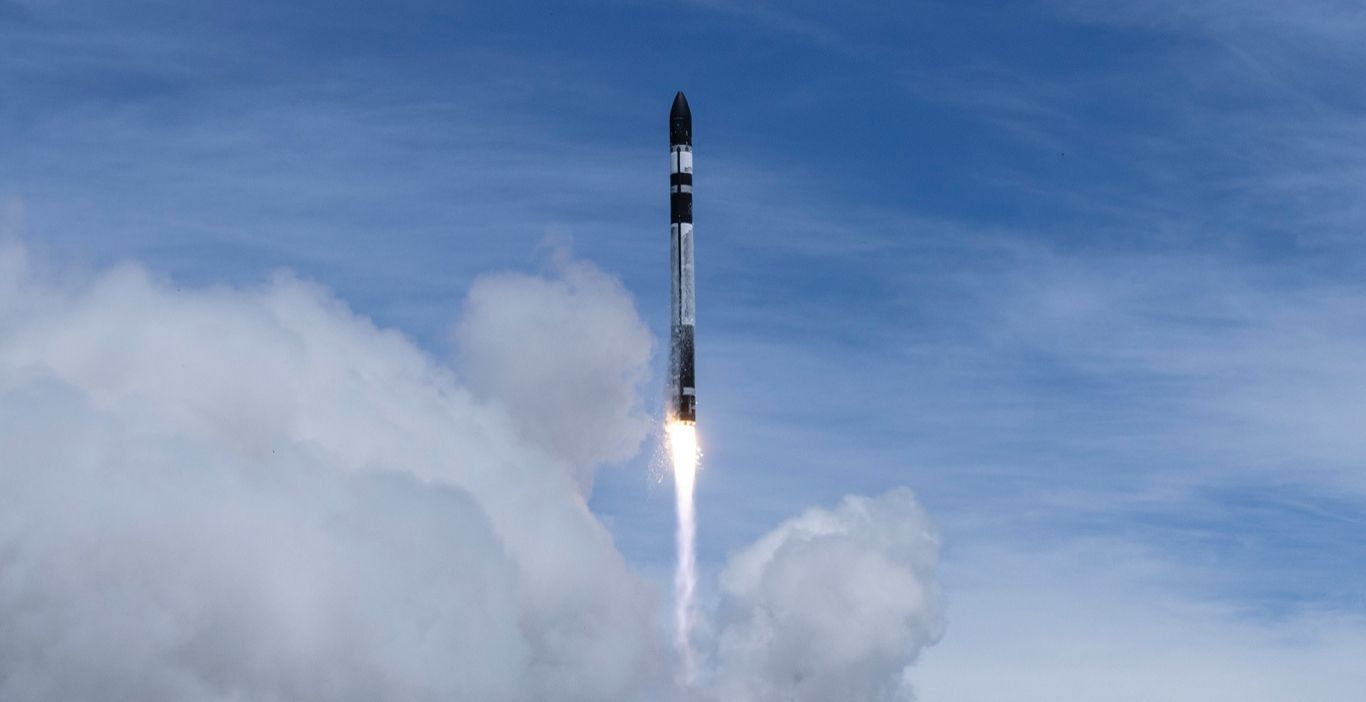
Rocket Lab showing positive signs (Image: Rocket Lab)
Commercial sector a powerful entity in its own right
ESA’s Moonlight plan acts as a bridge between public and private sectors, and sets an example of how agencies can act as a stimulus for the commercial sector. The relationship between companies and governments is becoming ever more vital, and can also show us how success in space can be engineered through cooperation. South Korea have also been exploring this relationship, and are looking to establish a new space agency, the Korea Space and Aeronautics Administration. In doing this they hope to allow for more flexibility in accessing new talent from the private sector.
Also seeking to build new relationships, UK space companies have this week been visiting Adelaide, noticing that Australia is also quickly growing its space industry. Visiting representatives from companies such as Space Forge, Inmarsat and D-Orbit will be seeking to gain new partnerships, and comes two years after the UK and Australia signed their Space Bridge Agreement, designed to boost their space industries.
This all indicates a private sector which is defying the gloomy global economic outlook, and continues to show signs of growth. The growing demand for satellite launches is fuelling an increased demand for launches, which will also require more launch sites and spaceports. The commercial sector is also answering that call. The Spaceport Company (US) claims to be reinventing launch sites and are developing sea-based launch platforms, and hope to carry out a demonstration in May. The tests will pave the way for a full-scale version, which can sail to its desired location and itself anchor to the sea floor. Similarly in China, a new launch tower will be completed by the end of the year, looking to host commercial launches.
New Zealand-based launch company Rocket Lab have shown very positive signs of development, perhaps reflecting the overall success of this industry at the moment. Also noticing the promise of the Australian market, the company have announced that they are opening an Australian subsidiary. Furthermore, Rocket Lab have doubled their order backlog to over $500 million at the end of 2022, and is coming closer to completing development of their larger Neutron rocket. Similarly, debris removal company Astroscale has raised additional funding of $76 million, working towards their goal of making “…on-orbit servicing routine by 2030..” According to Nobu Okada, the Founder and Chief Executive Officer.
Another exciting opportunity may also have arisen this week, as an article from ARS Technical has suggested that prominent rocket manufacturer United Launch Alliance (ULA) may be put up for sale. Although some way behind SpaceX in terms of launch numbers, they are still an industry leader and have been serving the market for nearly 20 years. We can only speculate at this stage who might be interested in purchasing the company, but accessing ULA’s technology and fine-tuning it for bulk commercial activity could maybe provide another answer of the growing demand for launches.
ULA are still on course to launch their new Vulcan rocket in May, which will send Astrobotic’s commercial lunar lander to the Moon. Similarly, iSpace have recently announced that they expect their lander to arrive by the end of April, marking the first private lander mission to the lunar surface. The commercial age for the Moon has arrived.
As we can see, New Space continues to march confidently forwards, despite economic concerns, rapidly deteriorating international relations and the reawakening of a global war of ideologies. As the world seems to splinter apart, perhaps the success of space can show us how to come back together.
Share this article
External Links
This Week
*News articles posted here are not property of ANASDA GmbH and belong to their respected owners. Postings here are external links only.
03 March 2023
Public and private sectors forging new path for partnerships in space
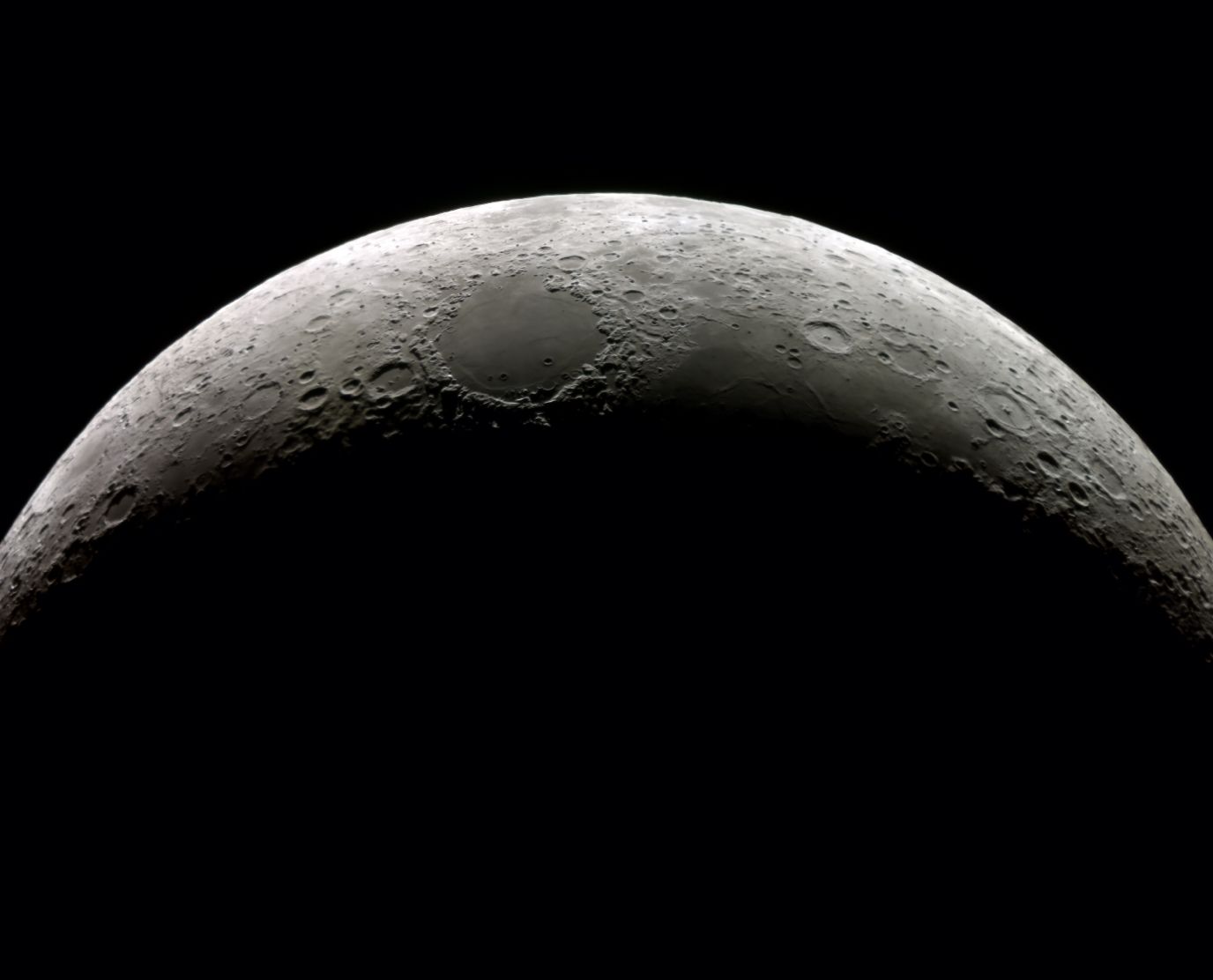
ESA's Moonlight plans to bring partners together (Image: Adobe Stock)
There’s been plenty of evidence this week to prove the continuing growth and development of the space industry. The US are continuing plans for their Artemis project, designed to take humans back to the Moon, and new international partnerships are being formed, with newer space nations showing exciting prospects for space exploration. At the same time, the rapid development of commercial sector is showing that they alone are becoming a powerful and influential entity. We often talk about the private sector “taking the reins” of the industry.
There are of course still concerns about geopolitical fallout, which the space industry is not immune from. Following a visit from Beijing’s top diplomat Wang Yi to Russia, China have outlined a peace proposal for Ukraine, in a 12-point plan, with it most notably including a commitment to the rights of national sovereignty. While on the surface this may seem a noble idea, it has also raised questions. What could this mean for the regions of Crimea and Donbas, which Russia claims as their own? Is China also looking to use this argument to cement its claims over Taiwan? Above all, who determines what one’s sovereignty is? It seems that a new battle might be emerging, between the argument for defence of territorial sovereignty, and the rights to democratic self-determination. A year on since the invasion of Ukraine, the conflict has clearly become a bigger war of ideologies, with stark similarities 1930s to pre-war diplomacy and international relations. Western leaders will be aware of the outcome of conceding any territory for the sake of avoiding war, and the aftermath of the British policy of appeasement, where territorial concession were given to Nazi Germany in return for peace guarantees.
This brings us back to an argument we regularly discuss, that it is vital to ensure that space can remain neutral from any political or ideological conflict, and more than that, could become place where relations are rebuilt. On Thursday the Russian deputy foreign minister criticised the US and NATO’s space programmes, and claimed that Russia aims to draft a multilateral legally binding instrument to prevent an arms race in outer space. While conflict exist on Earth, adversaries may still share the same goal of a peaceful future in outer space.
This week we have seen the ongoing signs of growth and promise of the new space economy, and that new relationships can be built.
Space can be the place where we heal
One example of this unity came in the form of a suggestion from the European Space Agency (ESA). As the Moon is set to become a very busy place over the next few years, ESA have put forwards a plan to establish a time zone for the Moon, enabling better communication and navigation. At the moment, nations use their own respective time zones when carrying out lunar missions. While not a solution to our earthly problems, this could be one area where nations open-up dialogue and begin to work more closely together.
Other cooperative missions on the Moon are already in place and bringing nations together. NASA’s Artemis project continues to take shape and they will start work this year with their lunar Gateway plans. Gateway will be the relay station for delivering astronauts to the Moon’s surface, and is an international effort supported by agencies from the US, ESA, Canada and Japan. In December it was reported that discussions are also underway regarding the UAE developing an airlock for the Gateway.
China has also unveiled plans for their lunar lander, designed to take taikonauts to the Moon by the end of the decade. At an exhibition on 24 Feb, a model if the lander was presented, showing a staged descent design, including a propulsion stage and a lander module. China’s lunar plans are part of their International Lunar Research Station (ILRS) project, which also seeks to bring international partners together. Russia are their key ally on the project at the moment. Similarly, China are also still looking for new partners to work onboard their Tiangong space station, and announced this week that they will be expanding the station, which would also allow room for more commercial visitors.
India are also in pursuit of new partnerships in space, and were this week in discussions with the Argentinian space agency regarding cooperative opportunities. India have also invited the Argentinian ambassador to join the G20 Space Leaders Economy Meeting in April. Additionally, India will be working together with Russia to develop a ‘Marsoplane’, a fixed wing robotic craft for martian exploration. They hope to be ready for a demonstration by late 2024. In what has been a busy week for Indian space, they also successfully carried out a hot test of the engines that will power their Chanrayaan-3 mission to the Moon in June. The mission will feature both a lander and a lunar rover.
New partnerships are also being formed in the way of ESA’s Moonlight initiative, a plan to build a lunar constellation to provide services such as communications and navigation for future activities on the Moon. The project invites private companies from Europe and Canada to build the constellation. ESA is acting as an anchor customer for Moonlight, and will be developed as a commercial service.
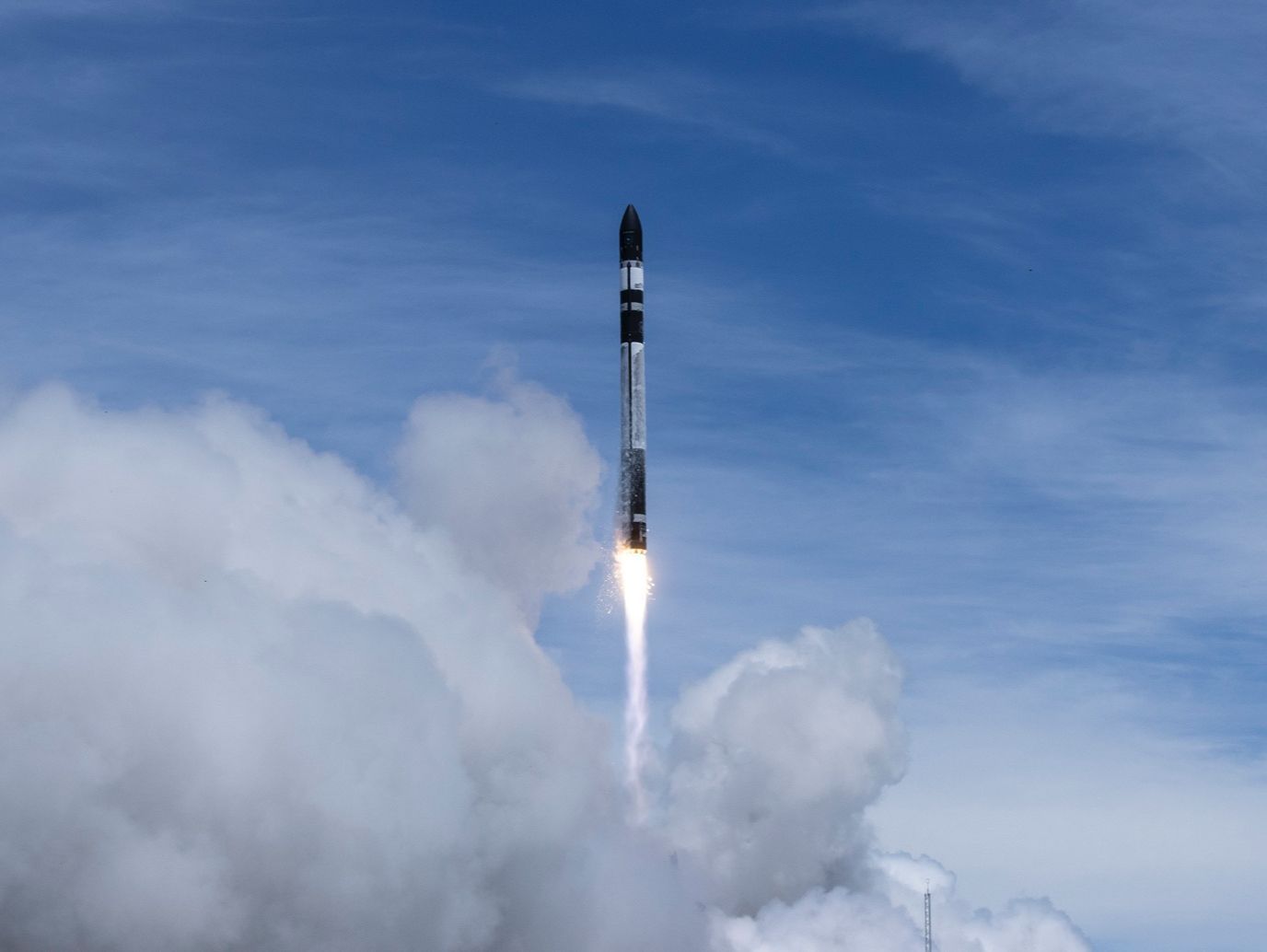
Rocket Lab showing positive signs (Image: Rocket Lab)
Commercial sector a powerful entity in its own right
ESA’s Moonlight plan acts as a bridge between public and private sectors, and sets an example of how agencies can act as a stimulus for the commercial sector. The relationship between companies and governments is becoming ever more vital, and can also show us how success in space can be engineered through cooperation. South Korea have also been exploring this relationship, and are looking to establish a new space agency, the Korea Space and Aeronautics Administration. In doing this they hope to allow for more flexibility in accessing new talent from the private sector.
Also seeking to build new relationships, UK space companies have this week been visiting Adelaide, noticing that Australia is also quickly growing its space industry. Visiting representatives from companies such as Space Forge, Inmarsat and D-Orbit will be seeking to gain new partnerships, and comes two years after the UK and Australia signed their Space Bridge Agreement, designed to boost their space industries.
This all indicates a private sector which is defying the gloomy global economic outlook, and continues to show signs of growth. The growing demand for satellite launches is fuelling an increased demand for launches, which will also require more launch sites and spaceports. The commercial sector is also answering that call. The Spaceport Company (US) claims to be reinventing launch sites and are developing sea-based launch platforms, and hope to carry out a demonstration in May. The tests will pave the way for a full-scale version, which can sail to its desired location and itself anchor to the sea floor. Similarly in China, a new launch tower will be completed by the end of the year, looking to host commercial launches.
New Zealand-based launch company Rocket Lab have shown very positive signs of development, perhaps reflecting the overall success of this industry at the moment. Also noticing the promise of the Australian market, the company have announced that they are opening an Australian subsidiary. Furthermore, Rocket Lab have doubled their order backlog to over $500 million at the end of 2022, and is coming closer to completing development of their larger Neutron rocket. Similarly, debris removal company Astroscale has raised additional funding of $76 million, working towards their goal of making “…on-orbit servicing routine by 2030..” According to Nobu Okada, the Founder and Chief Executive Officer.
Another exciting opportunity may also have arisen this week, as an article from ARS Technical has suggested that prominent rocket manufacturer United Launch Alliance (ULA) may be put up for sale. Although some way behind SpaceX in terms of launch numbers, they are still an industry leader and have been serving the market for nearly 20 years. We can only speculate at this stage who might be interested in purchasing the company, but accessing ULA’s technology and fine-tuning it for bulk commercial activity could maybe provide another answer of the growing demand for launches.
ULA are still on course to launch their new Vulcan rocket in May, which will send Astrobotic’s commercial lunar lander to the Moon. Similarly, iSpace have recently announced that they expect their lander to arrive by the end of April, marking the first private lander mission to the lunar surface. The commercial age for the Moon has arrived.
As we can see, New Space continues to march confidently forwards, despite economic concerns, rapidly deteriorating international relations and the reawakening of a global war of ideologies. As the world seems to splinter apart, perhaps the success of space can show us how to come back together.
Share this article
External Links
This Week
*News articles posted here are not property of ANASDA GmbH and belong to their respected owners. Postings here are external links only.
























